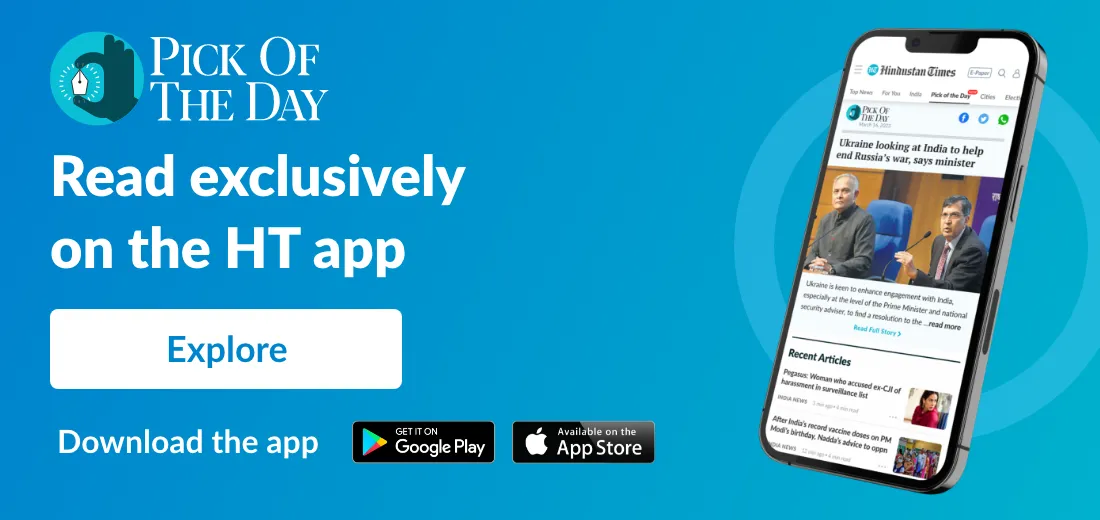League of its own: A volleyball contest in Assam is upturning notions of sport
BVL is the brainchild of Abhijit Bhattacharya, that Indian volleyball captain previously living out a quiet life in ONGC.
Don’t you just want the IPL to be in the play-offs already? But there’s still a month-ish to go and because everything there is high-value, high-stakes, high-volume, each day is totally vital. Given what Indians now understand of sporting leagues – franchises, auctions, teams, valuations – that’s the logical course. Leagues are about money, profitability, business, media rights.

Well, there’s really leagues and leagues. Earlier in the year, I attended the finale of a league without franchises or auctions. While there was media, there were no rights values for sure. Early disclaimer: I ‘adopted’ teams in this league for two seasons because it seemed a fun idea but had never seen it at work first hand.
Assam’s Brahmaputra Volley League (BVL) is upside down from the IPL or our ideas of what sports leagues are all about. It seems in one breath improbable, unviable but has been so organic in its evolution, that it reimagines grassroots sport. BVL began as a Covid project by a former India volleyball captain to distribute 100 balls to 100 Assamese villages. It morphed into the first BVL in 2020 with 50 teams (33 boys, 17 girls) across 16 districts which has grown so rapidly over five seasons that the sport’s international ruling body came to see too.
BVL is the brainchild of Abhijit Bhattacharya, that Indian volleyball captain previously living out a quiet life in ONGC. As a dazed outsider at the BVL Season Five’s final week of competition – called Super League -- surrounded by shrieks of girls and boys playing across four courts under the golden haze of the all-bamboo floodlight towers in a corner of Assam sprinkled with magicdust, you ask, “How did they get here?” Bhattacharya knows the answer: the cascade effect of community and sharing.
BVL’s fifth season featured 401 registered teams from Assam’s 32 districts, some districts with 20-plus teams, others with three or four tops. BVL5’s under-12 (called “Magic”) and under-16 (“Rising”) teams involved 4500 kids from 231 boys teams and 171 girls ones. The league began in October 2024, with each district divided into pools, their district-in-charge given one instruction: work out how home and away pool matches are completed by December and let us know. Individual districts sorted out their weekend match timetables amongst the clubs and the league released the schedules.
Each home team hosts their visitors over the weekend, cooking their meals, giving them a place to rest. Every team’s travel and kit is paid for by either the League’s supporters/ adopters, from around India and the world ( ₹15,000 per team) or supported by funds drawn from the League’s resources itself. Teams that top their district league qualify for the zonals. Eight zones named after Assam’s rivers then produce their winner in Magic and Rising groups who travel to play the final week of the Super League against other zonal champs.
This year, Tezpur, Assam’s cultural capital, Bhattacharya’s home town, hosted the Super League. You had to be there. Assam’s volleyball community – larger than you imagine -- turned up to help however they could. Some drove seven hours from Tinsukia and another four hours to Guwahati, offering chauffeur services to ferry dignitaries and visitors to Tezpur. These were state players, Bhattacharya’s peers, juniors, seniors, coaches, friends of coaches, friends of friends, friends and family, each a volunteer, working in ripple of giving. The Super League had 400 volunteers, the number swelling when extended backwards to the district volleyball centres. Bhattacharya reckons 2000 volunteers make BVL happen every season.
Former media professional and documentary film-maker Amitabh Atreya built and trained a state-wide BVL media team for the Super League involving 45 people. All matches are broadcast live from smart phones onto a platform called Sportsvot. In early BVL, Atreya asked the volleyball-centres-in-charge to find boys and girls “who loved to be on phones and computers, tinkering… it worked like magic.” BVL’s unique moveable bamboo tripod is quite the hit on social.
FIVB, volleyball’s global body, heard about BVL and turned up in Tezpur, at their own cost, to experience it. New FIVB president Fabio Azevedo shook the hand of every single player and their coaches after an opening ceremony that featured not just the teams and players under their individual banners but folk singers and dancers, an all-girls marching band, a stage built from scratch to resemble an Assamese village home, complete with weavers, craftspeople, a couple of buffaloes – and an elephant that opened the parade and trumpeted. Elephants, Assamese folk laconically say can be found in every village home that can afford to feed these handy beasts of burden.
Tezpur’s town didn’t have a single banner, poster or hoarding about BVL. (When asked for a snapshot of the president, FIVB sent tiny thumbnail to ensure Azevedo’s face couldn’t feature anywhere.) Fifteen hundred attended the opening ceremony and shared a meal cooked by the community kitchen. The only sponsor visible was Jallandhar-based sports goods manufacturer Vector X who specially designed (and then donated in numbers) a volleyball for under-12s. With Tezpur confirmed as the location for Super League, people gave whatever they could: seven to eight tons of organic vegetables, 1000 eggs on one day, a large bag of atta on another.
Teams travelling to the Super League brought offerings from their villages and towns: a large jar of bhoot jholakia chillies grown in the countryside or gazillion coconut laarus/ ladoos and rolls of tel pitha, the Assamese sweet rolls made of rice flour stuffed with a mix of black sesame and jaggery. The treats were offered around during matches to spectators.
Plus, a child’s tiffin box rattling with coins, the result of a donation drive conducted by the team from Uzan Barbari village, from Bajali district. Overjoyed at having qualified, the boys went door to door asking villagers to give whatever they could to help their kindly Super League hosts in Tezpur. When Bhattacharya held up the unopened box and told its story, there was not a dry eye in the crowd. The box will be sent to the FIVB museum in Lausanne.
FIVB certifies BVL is the world’s biggest non-professional, community-supported grassroots leagues in their sport. Could it be the biggest worldwide across sport? The internet was baffled: Google took a few shots at IPL and the Premier League, Bing offered links about generic grassroots sport. Duckduckgo’s AI assist said “no relevant information was found in our search.” A friend remembered Little League Baseball which calls itself the “world’s largest organized youth sports program” with “one million adult volunteers in every U.S. state and more than 80 other countries.” Mighty impressive and a contender, but formally, this is Little League Inc. Bhattacharya and friends will chuckle over ‘Inc.’ BVL exists under Assam Volleyball Mission 100, a not-for-profit, public charitable trust.
In an age of bling, bombast and megabucks, BVL is life-affirming and faith-restoring. It has a largeness of heart and a generosity of spirit which never mind sport, our world needs. That in itself is as Big (with a capital B) as it gets.








